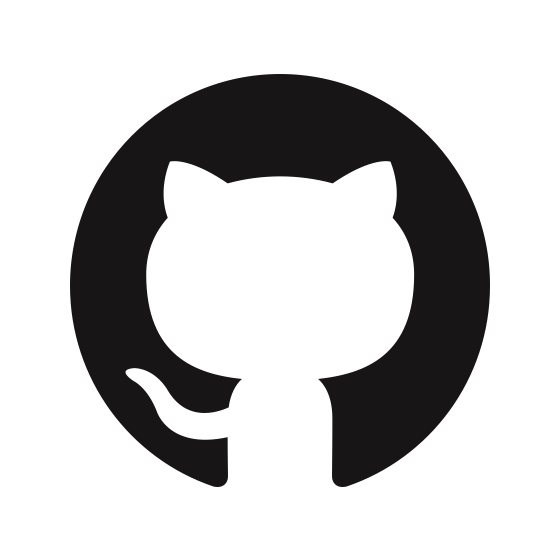Created using Perplexity AI
Beginner’s Guide to Creating Markdown Files
Markdown is a lightweight markup language that makes it easy to format text for web pages, documentation, and README files. This guide will teach you everything you need to know to start creating your own .md files.
What is Markdown?
Markdown is a simple way to add formatting to plain text documents. It uses special characters and symbols to create headings, lists, links, and other formatting elements. The best part? It’s designed to be readable even in its raw form.
Creating Your First Markdown File
- Open a text editor (VS Code, Notepad++, Sublime Text, or even basic Notepad)
- Create a new file and save it with a
.md extension
- Example:
README.md, notes.md, guide.md
- Start writing using Markdown syntax
Basic Markdown Syntax
Headings
Use # symbols to create headings. More # symbols = smaller heading:
# Heading 1 (Largest)
## Heading 2
### Heading 3
#### Heading 4
##### Heading 5
###### Heading 6 (Smallest)
Text Formatting
**Bold text**
*Italic text*
***Bold and italic***
~~Strikethrough~~
Lists
Unordered Lists:
- First item
- Second item
- Third item
- Sub-item
- Another sub-item
Ordered Lists:
1. First item
2. Second item
3. Third item
1. Sub-item
2. Another sub-item
Links and Images
Links:
[Link text](https://www.example.com)
[GitHub](https://github.com)
Images:


Code
Inline code:
Use `backticks` for inline code.
Code blocks:
```
This is a code block
You can write multiple lines here
```
Code blocks with syntax highlighting:
```python
def hello_world():
print("Hello, World!")
```
Blockquotes
> This is a blockquote
> It can span multiple lines
>
> And even include multiple paragraphs
Tables
| Header 1 | Header 2 | Header 3 |
|----------|----------|----------|
| Row 1 | Data | Data |
| Row 2 | Data | Data |
Horizontal Rules
Create horizontal lines with three or more dashes:
Advanced Elements
Task Lists
- [x] Completed task
- [ ] Incomplete task
- [ ] Another task
Line Breaks
- End a line with two spaces for a line break
- Use a blank line for a paragraph break
Escaping Characters
Use backslash \ to escape special characters:
\*This won't be italic\*
\# This won't be a heading
Common File Types
README.md - Project documentationCHANGELOG.md - Version historyCONTRIBUTING.md - Contribution guidelinesLICENSE.md - License information
Example README.md
Here’s a sample README file structure:
# Project Title
Brief description of your project.
## Features
- Feature 1
- Feature 2
- Feature 3
## Installation
```bash
git clone https://github.com/username/project.git
cd project
npm install
Usage
Explain how to use your project here.
Contributing
Pull requests are welcome. For major changes, please open an issue first.
License
MIT
```
Tips for Better Markdown
- Keep it simple - Markdown is meant to be readable
- Use consistent formatting - Pick a style and stick with it
- Preview your work - Many editors show live previews
- Learn as you go - Start with basics and add complexity over time
Where Markdown is Used
- GitHub - README files, issues, pull requests
- Static site generators - Jekyll, Hugo, Gatsby
- Documentation platforms - GitBook, Notion
- Note-taking apps - Obsidian, Typora
- Forums and chat - Discord, Slack, Reddit
Resources
Happy writing! 🎉 Start with the basics and gradually incorporate more advanced features as you become comfortable with Markdown.